Today, I’ve had the pleasure of getting out in the sunshine and making the most of the natural beauty that is Wanstead Park, in Epping Forest. It was a joy to stop and chat with visitors at the Tea Hut, the Temple and, of course, walking through the glorious carpets of scented bluebells in Chalet Wood.
As Chairman of the Epping Forest and Commons Committee at the City of London Corporation, I have been listening carefully to feedback about how we can operationally support the huge influx of visitors at this site during bluebell season. From personal experience, I have found that the vast majority of visitors have stuck to the log-lined pathways provided, have encouraged others to do the same and have left feeling really pleased that they got to see this natural environment in all its glory.
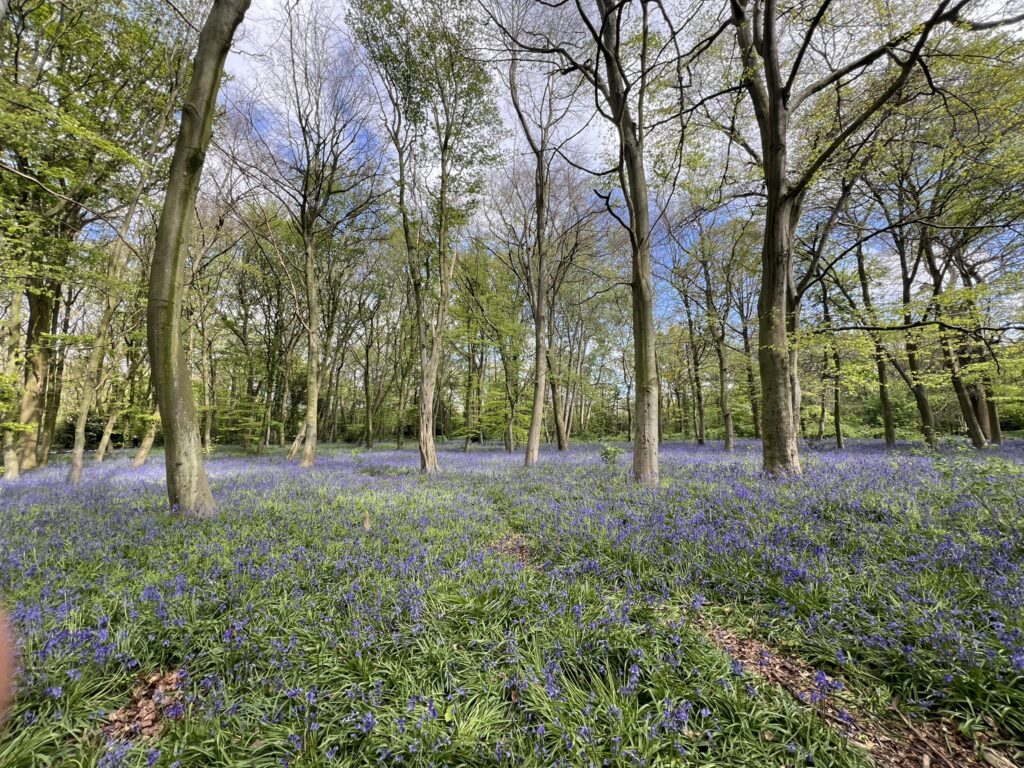
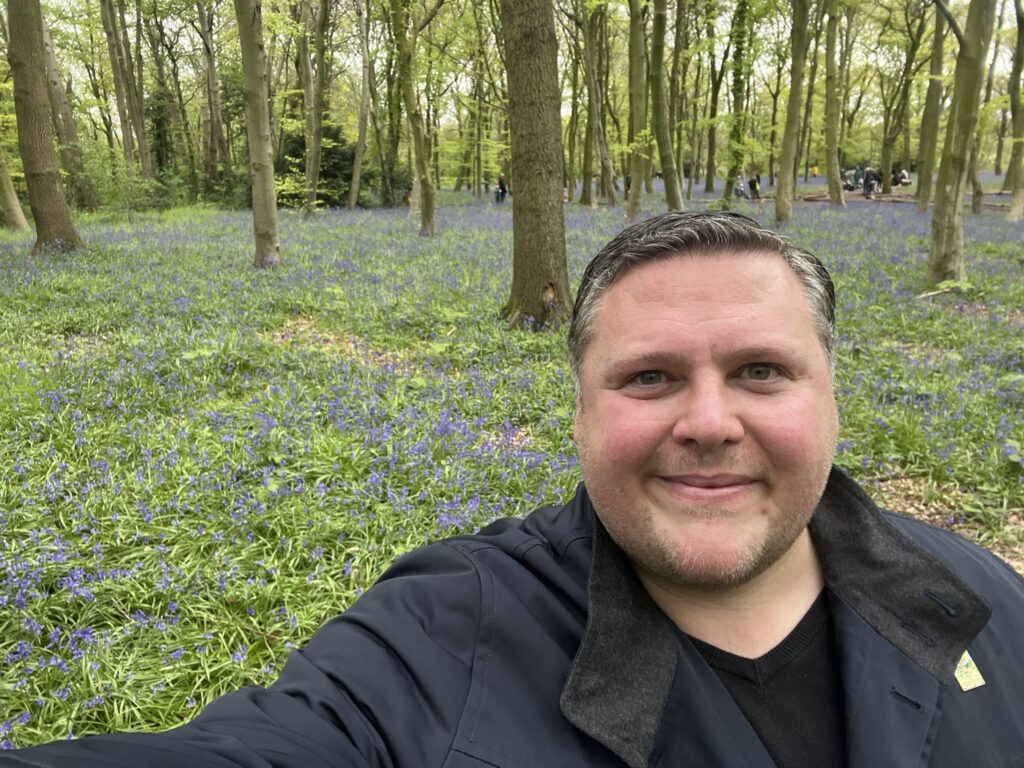
However, I recognise that some people want more signage, some want more Keepers on patrol and some want harsher punishments for those who flout the rules. The job of my Committee as Conservators of Epping Forest is to try and find the delicate balance in policy, between so many opposing public views.
I firmly believe in the time and effort we have invested in public education, media campaigns and signage have had a significant impact. Once most people understand that bluebells are early pollinators, critical to the Forest’s ecosystem, that human footprints and dog’s paws can cause irrevocable damage to the bluebells and, importantly, making clear what people can do to help mitigate damage, their behaviour changes.
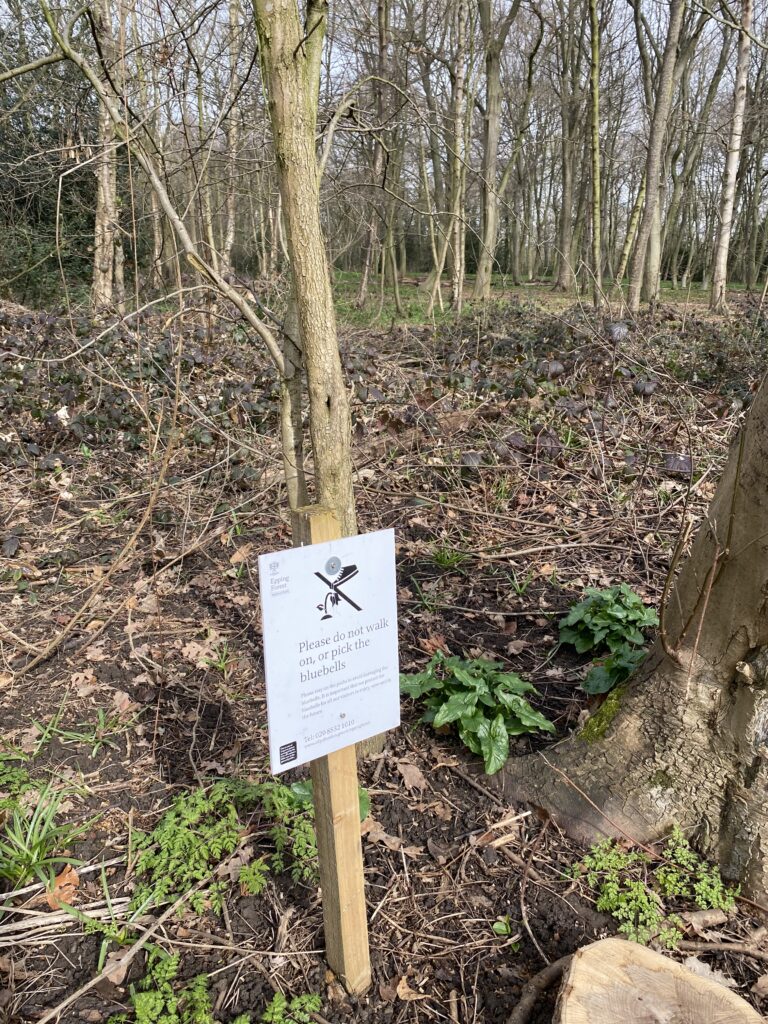
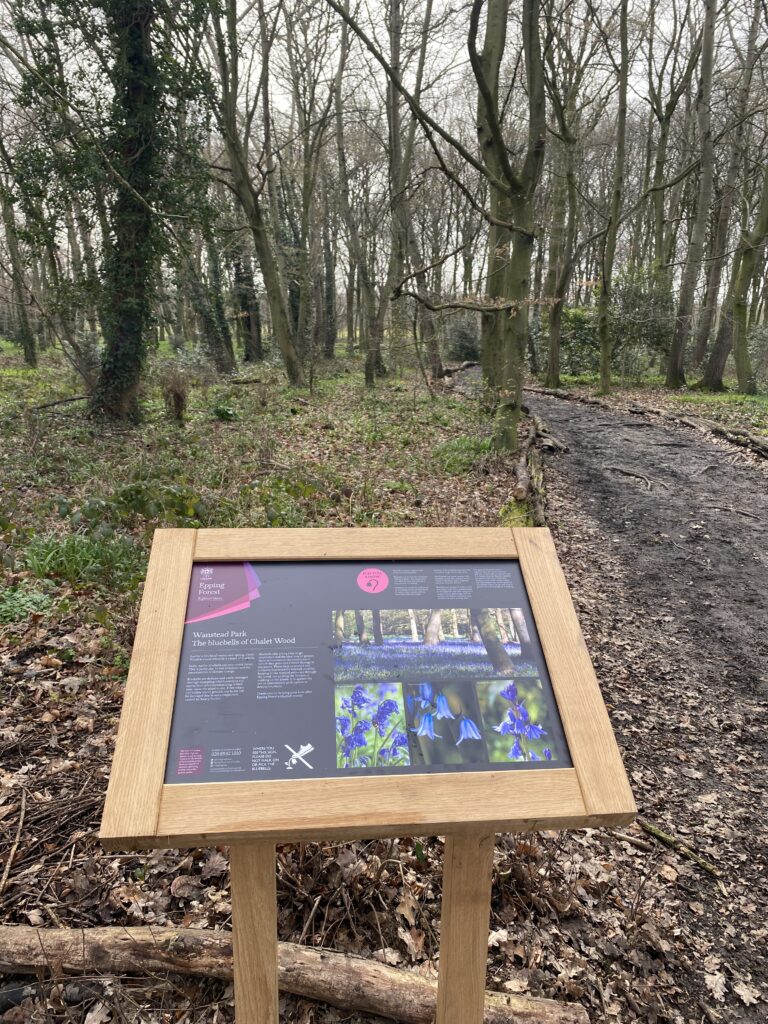
I also spent some time at the Ornamental Water and The Grotto today. It is clear that Ornamental Water is in a very sorry state, but it’s there are valid reasons for that, sadly. These enormous clay-lined, man-made waterbodies are proving so difficult to retain water. It is a fact that 2022-23 was the driest summer and winter on record, followed by 2023-24 having the wettest winter and spring on record. These huge fluctuations in our climate, the fact we cannot easily pump water and the fact that London’s projected to have water supply problems by 2025 and serious supply shortage by 2040 make this extremely difficult to resolve. But we are trying!
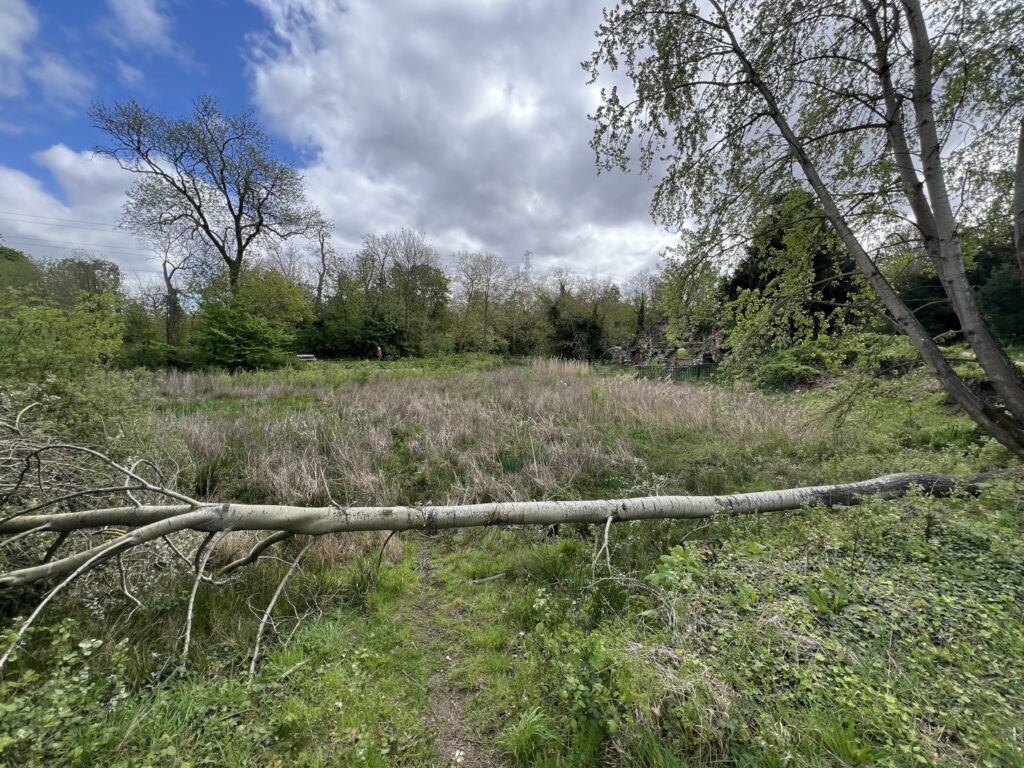
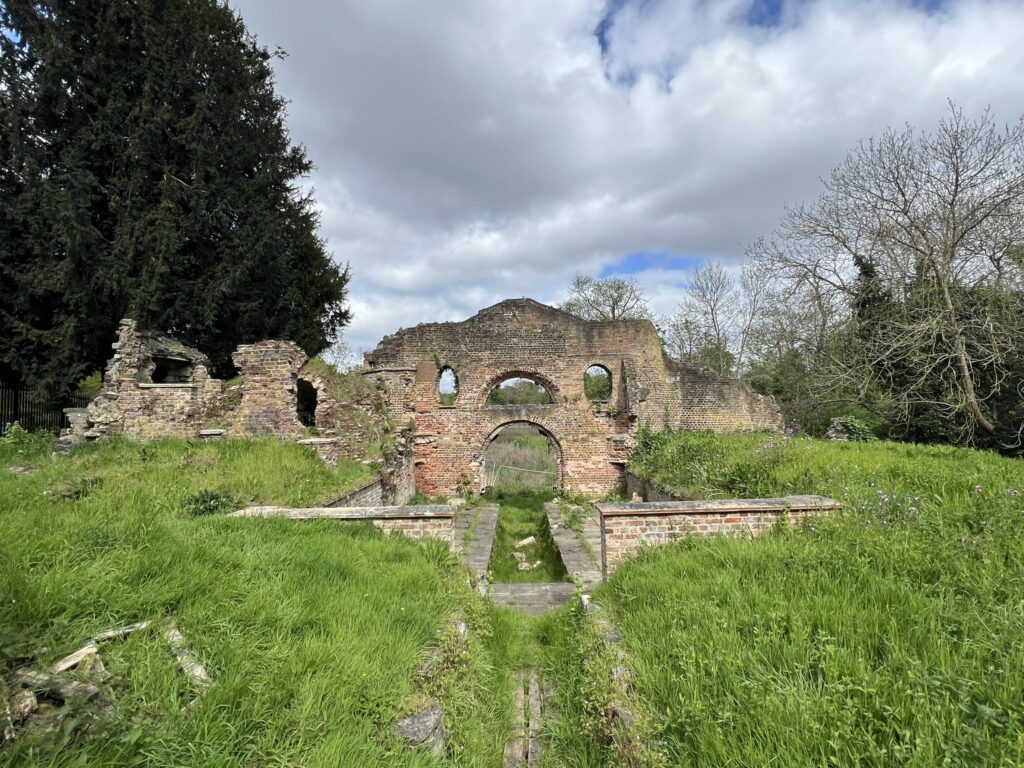
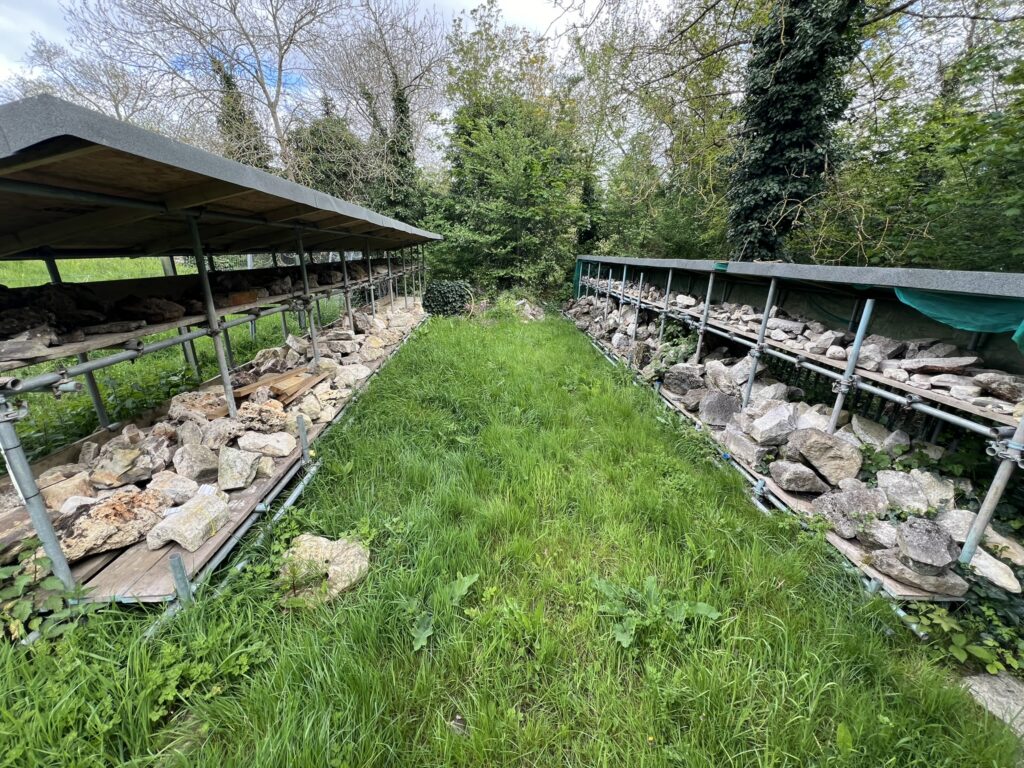
On a happier note, it was great to see so many children exploring the natural play area behind The Temple. I know there are a few final enhancements to make to this, but it’s been a great partnership project between the Conservators, Aldersbrook Families Association and the Friends of Wanstead Parklands.
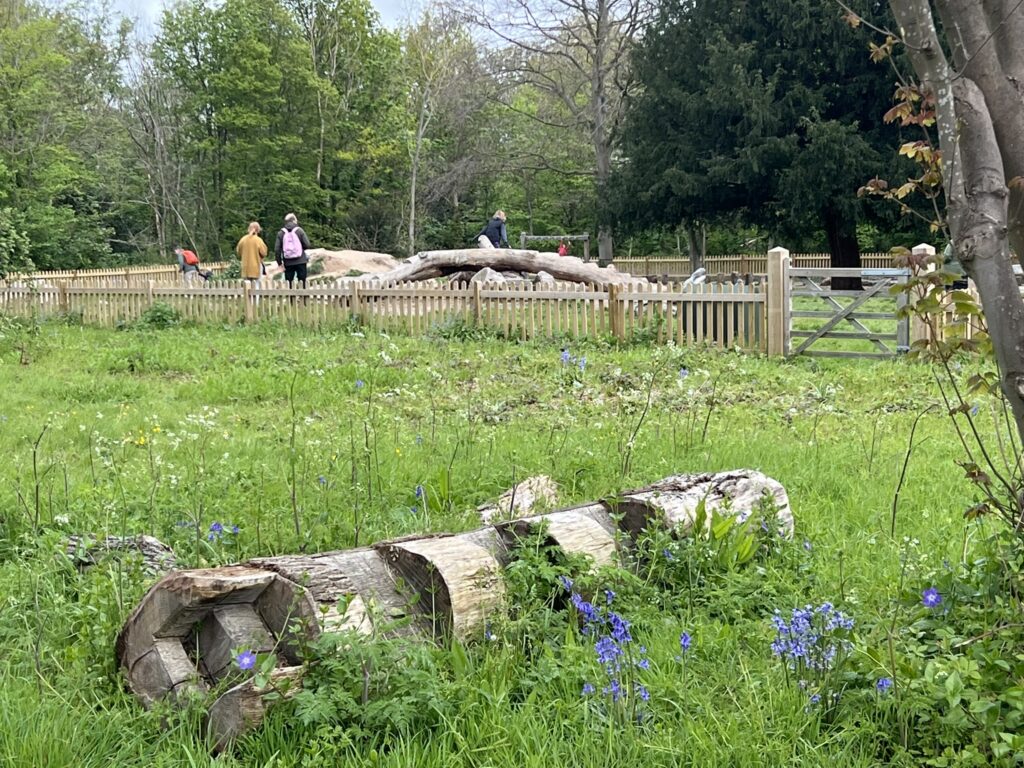
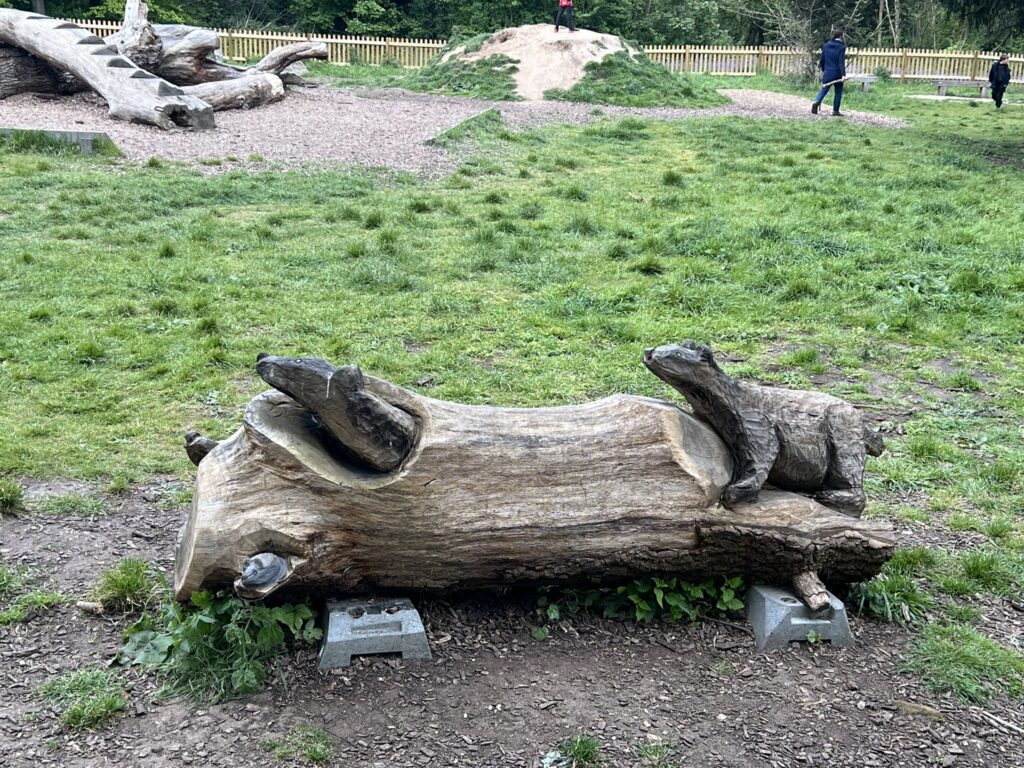
Whilst it’s not always clear to visitors, the Verderers, Officers and Consultative Group which works alongside my Committee, are absolutely focused on overcoming the big challenges for Wanstead Park. We do take our responsibilities seriously, we have secured investment, but we are working against a never-ending list of conflicting priorities where risk and health and safety must always come first.
At the moment, we are considering how best to communicate progress in each project with you. That has required some new staff, some new internal project governance and we are also exploring the idea of a new Advisory Group of local stakeholders to work with Epping Forest Officers to deliver these projects. More to follow on this soon…
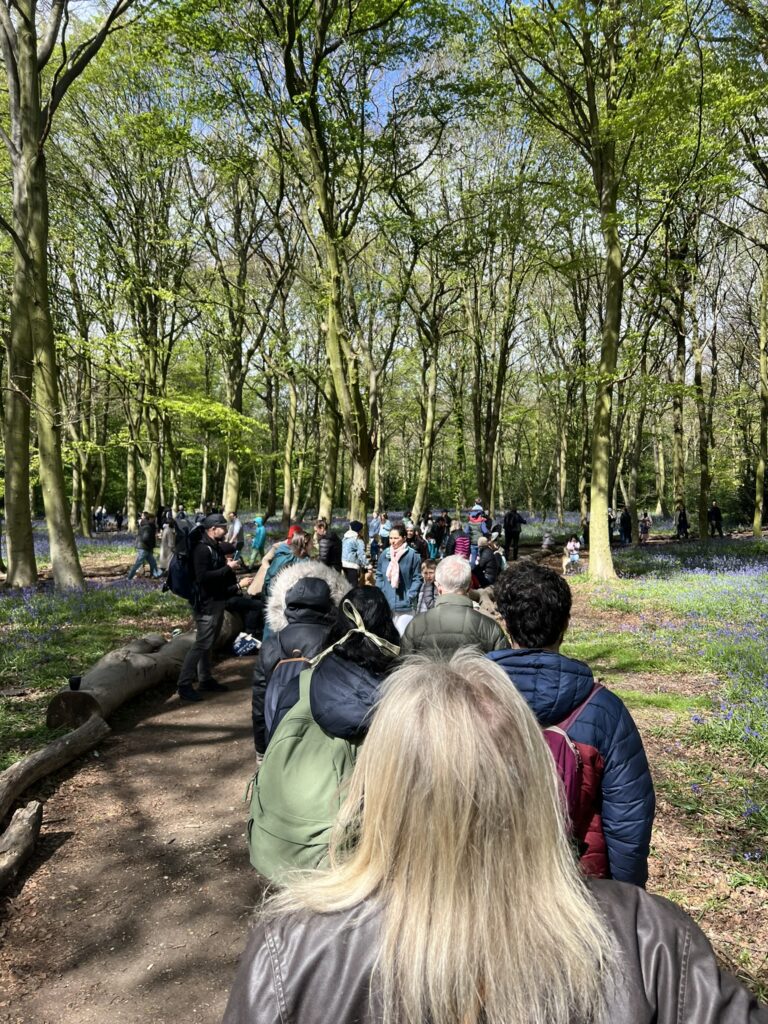
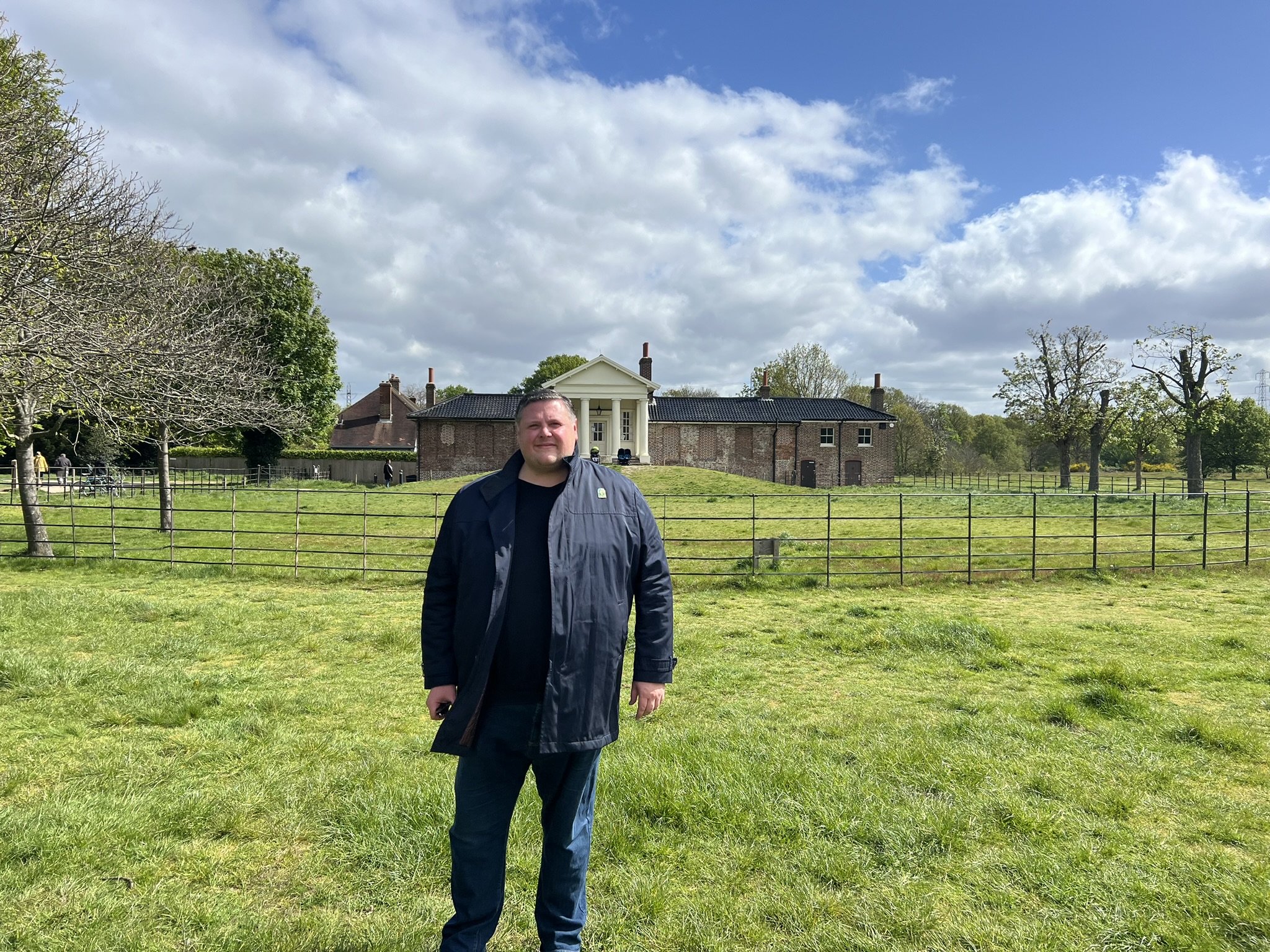
This may seem a harsh consideration, but the Ornamental Water was provided for a time when the realities of limited water supply were never probably thought about – and ways of doing the same using ecologically aligned means were in their infancy, with the likes of Sir William Morris and others early pioneers in it (albeit under the guise of the Arts and Crafts movement).
Couldn’t the Landscape Architecture Division (if there is one) and the Ecology Department (if there is one of those too) put their heads together to come up with a more ecologistically-aligned solution?
I am also interested to hear more about how the ecosystem is working between notes on the presence of pollinators, like bees engaging with the bluebells as a source of pollen, and how that is helping the bluebells to naturally spread – but then what else tends to rely on the bluebells in bloom or afterwards for food, or otherwise what are the other parts of the food chain in that ecosystem tied back to propagation of forested areas with little man-made intervention. Good ecosystemic resource management could save the City of London on costs of maintenance significantly if the whole end-to-end lifecycle of the ecosystem is looked at and not just results in preservation of the forest for generations to come but actually enables it to grow and regenerate itself naturally along with similar considerations for the communities alongside it.
I hope this makes sense and look forward to meeting up for a chat some time soon to discuss how myself and members of the Eco-Enabler Alliance CIC might help to do more than just preserve this prime example of natural capital, but to enable it to regenerate itself in perpetuity for the good of itself and all of us who like to love living in its vicinity for its beauty as well as its health-giving vitality.